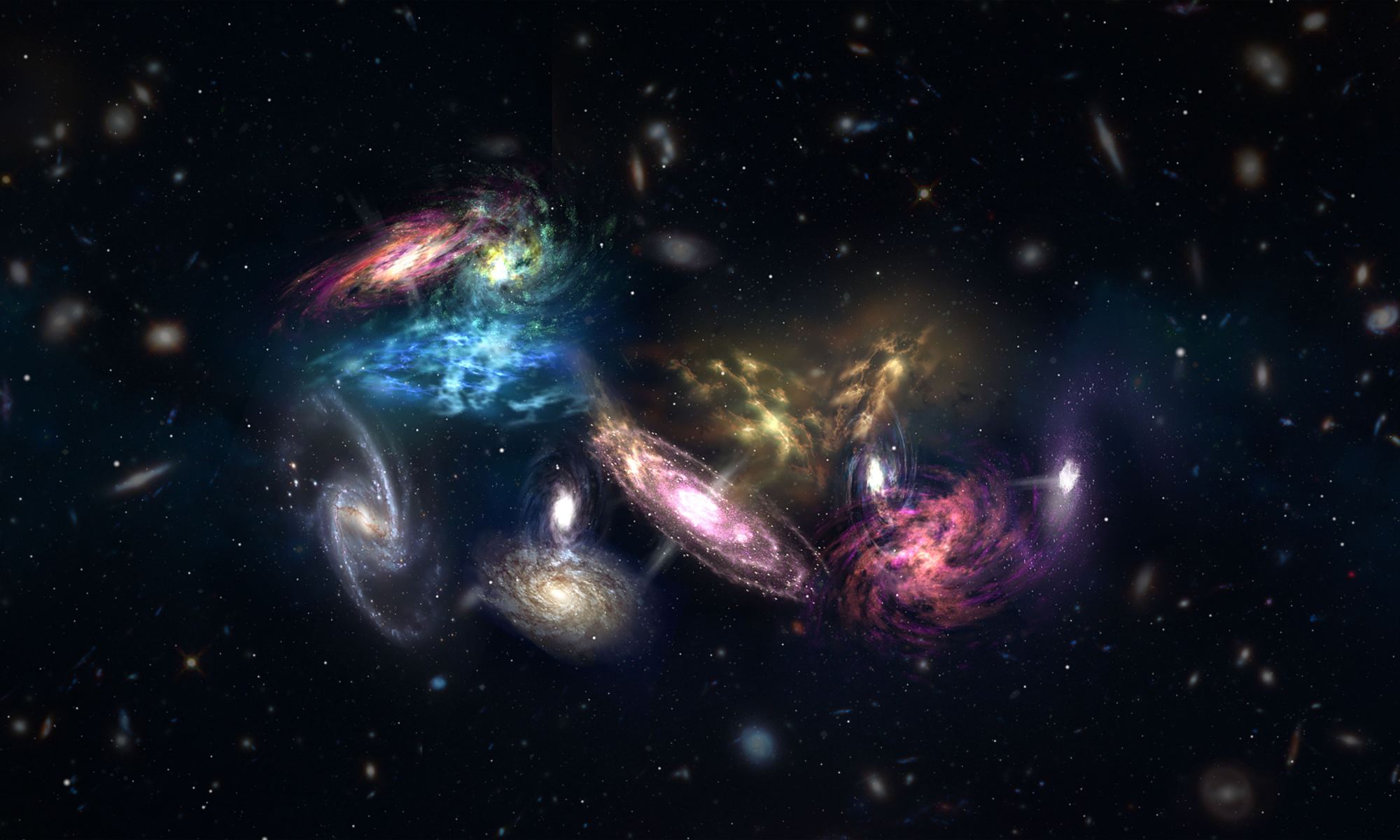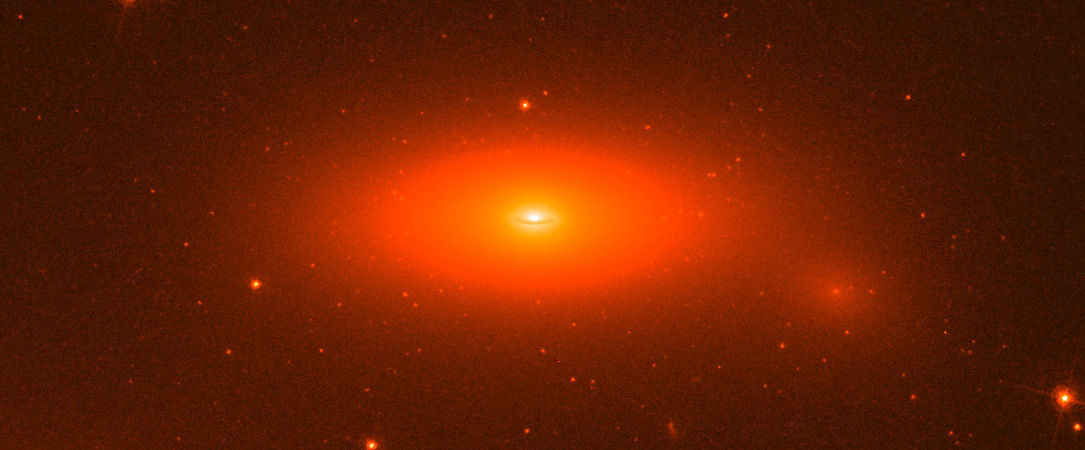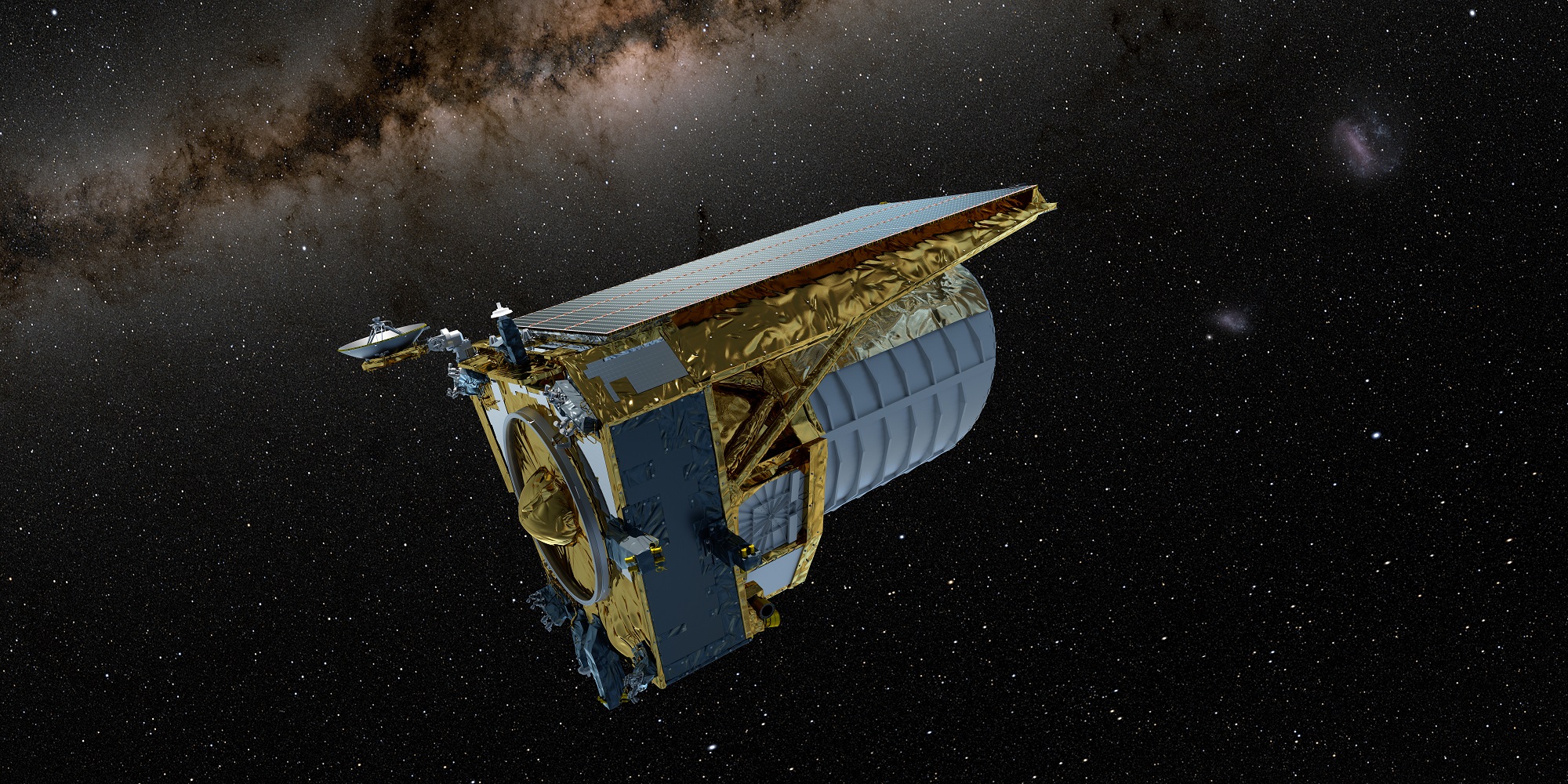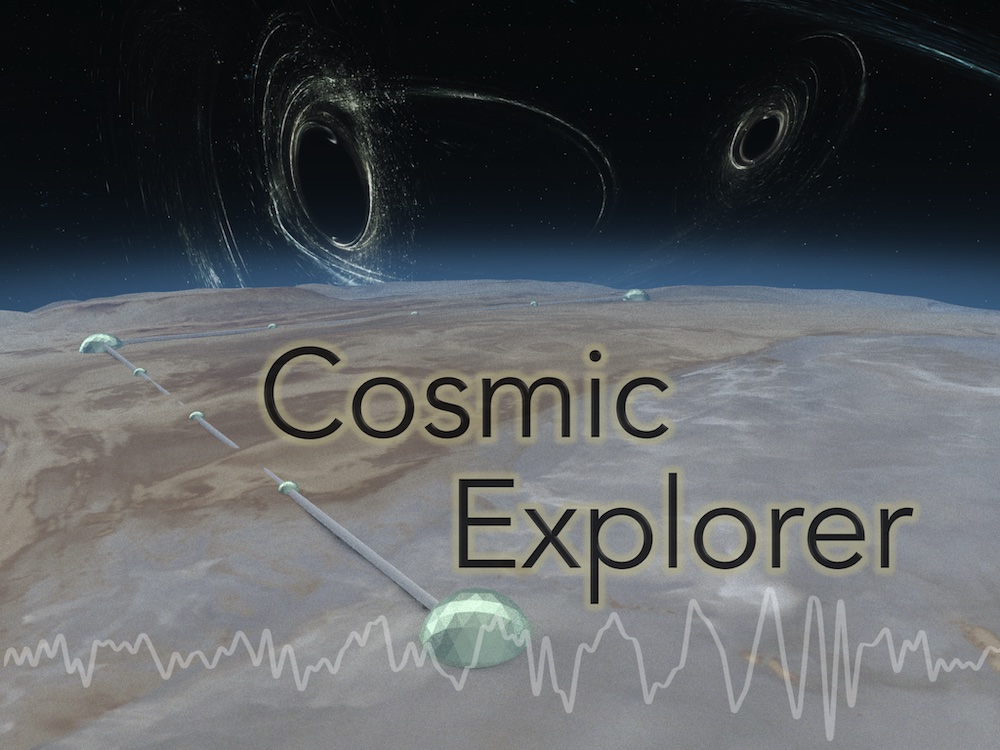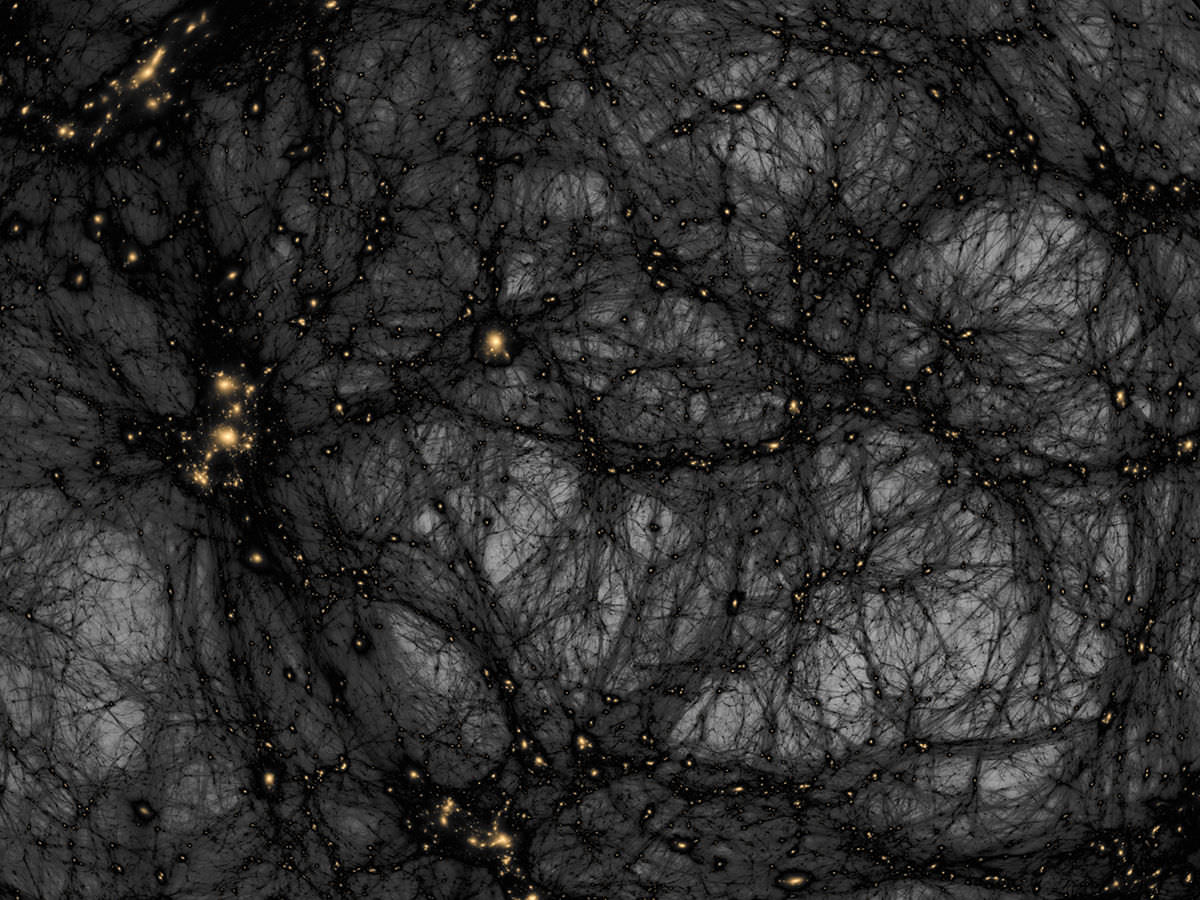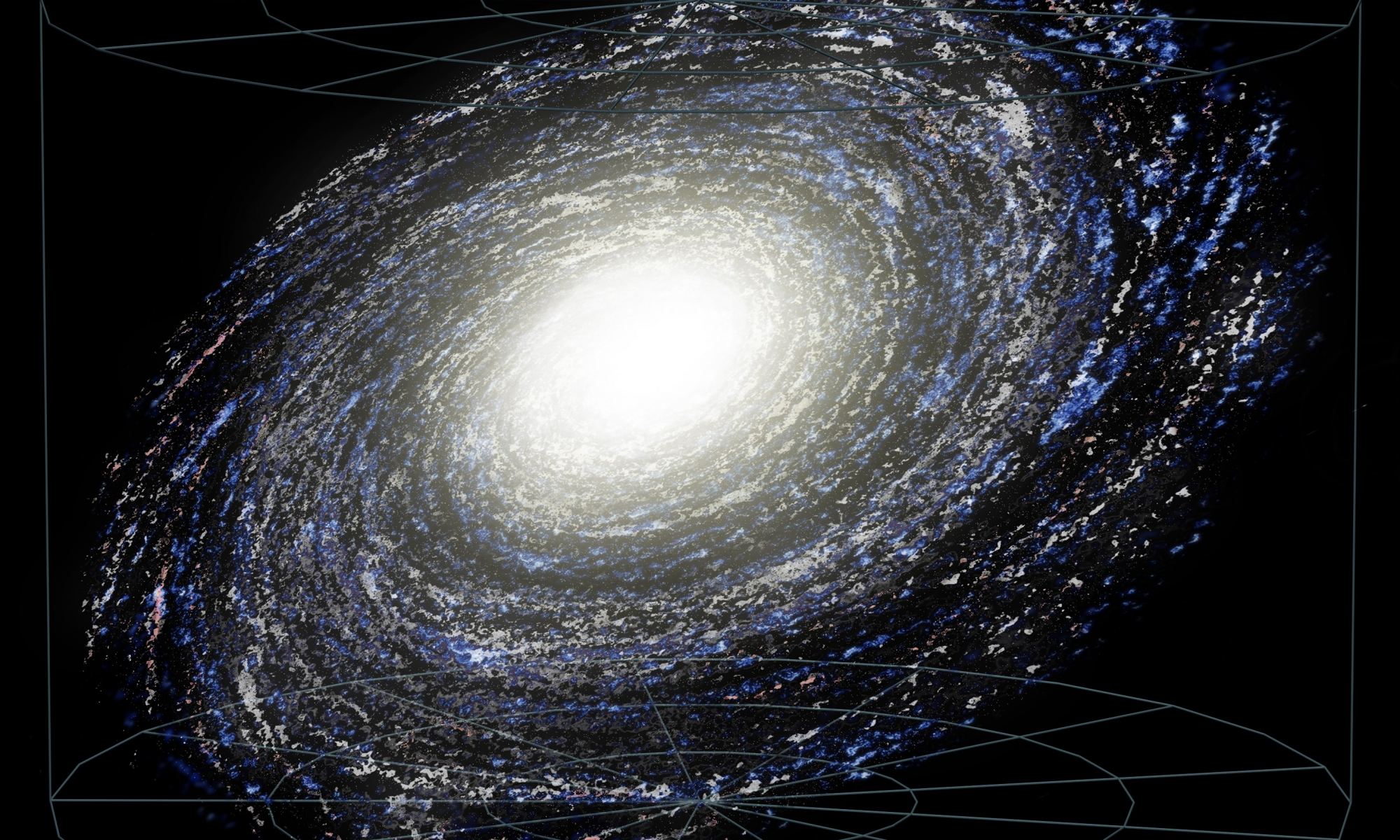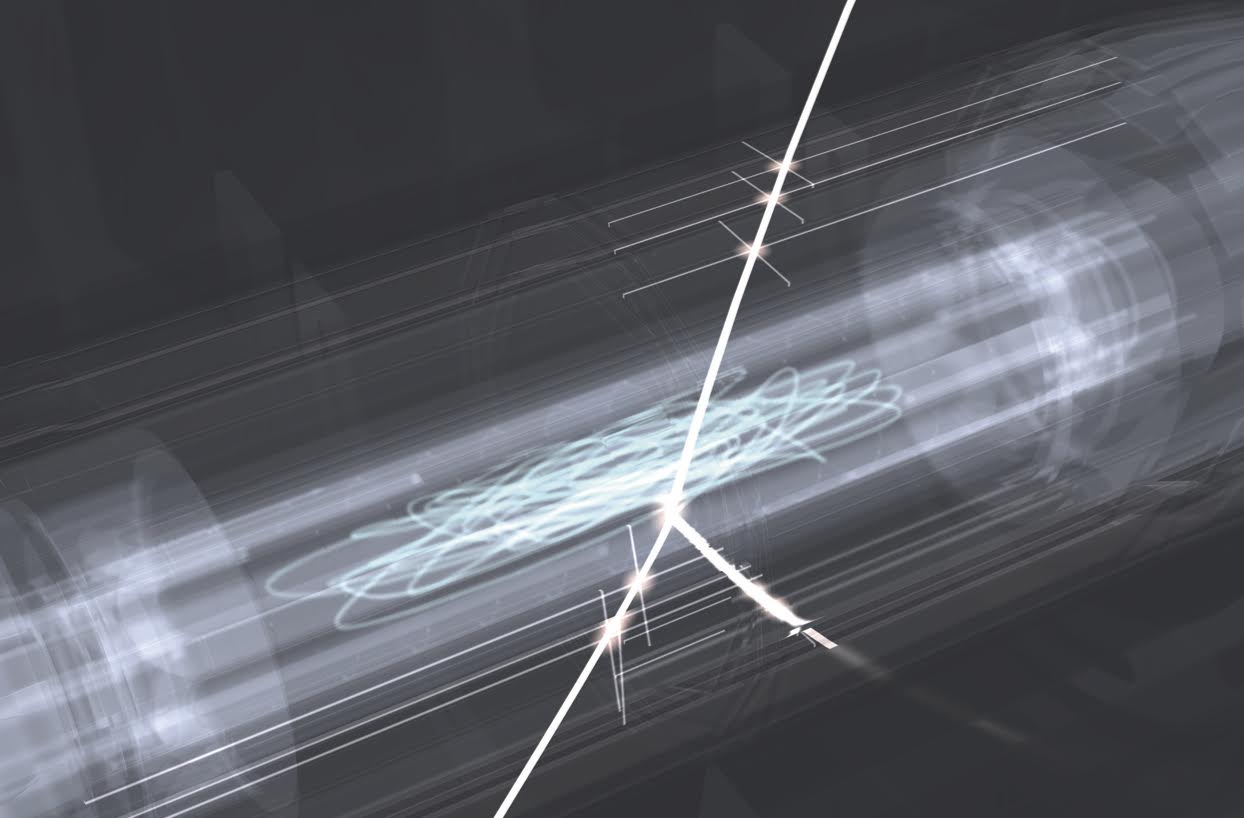Our best understanding of the Universe is rooted in a cosmological model known as LCDM. The CDM stands for Cold Dark Matter, where most of the matter in the universe isn’t stars and planets, but a strange form of matter that is dark and nearly invisible. The L, or Lambda, represents dark energy. It is the symbol used in the equations of general relativity to describe the Hubble parameter, or the rate of cosmic expansion. Although the LCDM model matches our observations incredibly well, it isn’t perfect. And the more data we gather on the early Universe, the less perfect it seems to be.
Continue reading “It's Going to Take More Than Early Dark Energy to Resolve the Hubble Tension”Dark Matter Experiment Fails to Turn Up the Mysterious Particle, but Narrows its Hiding Places
So much in science is based on constraints. If scientists don’t understand something, they try to constrain it as much as possible so that more precise experiments can finally detect whatever the theorized phenomenon is. Dark matter is notoriously difficult in this regard, as it has evaded detection for over a century at this point, despite even more precise instruments trying to capture a glimpse of it. One of those instruments is the Super Cryogenic Dark Matter Search (SuperCDMS), run by the SLAC National Laboratory and located in northern Minnesota. To help further the cause, researchers looked at the data from the experiment while considering a few new possibilities, and while they didn’t find any evidence of dark matter, they helped tighten the constraints even more.
Continue reading “Dark Matter Experiment Fails to Turn Up the Mysterious Particle, but Narrows its Hiding Places”Have We Seen the First Glimpse of Supermassive Dark Stars?
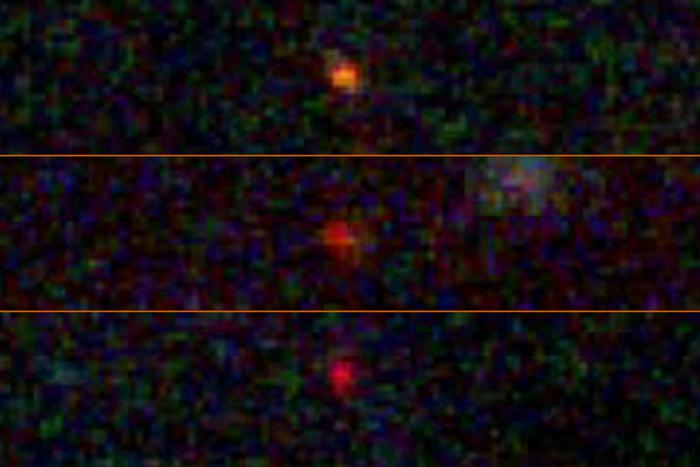
A recent study published in the Proceedings of the National Academy of Sciences (PNAS) examines what are known as dark stars, which are estimated to be much larger than our Sun, are hypothesized to have existed in the early universe, and are allegedly powered by the demolition of dark matter particles. This study was conducted using spectroscopic analysis from NASA’s James Webb Space Telescope (JWST), and more specifically, the JWST Advanced Deep Extragalactic Survey (JADES), and holds the potential to help astronomers better understand dark stars and the purpose of dark matter, the latter of which continues to be an enigma for the scientific community, as well as how it could have contributed to the early universe.
Continue reading “Have We Seen the First Glimpse of Supermassive Dark Stars?”A Massive Galaxy With Almost No Dark Matter
According to our predominant cosmological models, Dark Matter accounts for roughly 85% of the mass in the Universe. While ongoing efforts to study this mysterious, invisible mass have yielded no direct evidence, astrophysicists have been able to measure its influence by observing Dark Matter Haloes, gravitational lenses, and the effect of General Relativity on large-scale cosmic structures. And with the help of next-generation missions like the ESA’s Euclid and NASA’s Nancy Grace Roman space telescopes, Dark Matter may not be a mystery for much longer!
And then something like this comes along: a massive galaxy that appears to have little or no Dark Matter! This is precisely what a team of astronomers led by members of the Instituto Astrofisica de Canarias (IAC) noticed when observing NGC 1277. This lenticular galaxy, located 240 million light-years away in the constellation Perseus, is several times more massive than the Milky Way. This is the first time a massive galaxy has been found that doesn’t show signs of Dark Matter, which is a serious challenge to our current cosmological models.
Continue reading “A Massive Galaxy With Almost No Dark Matter”ESA's Euclid Mission is Off to Explore the Dark Universe
On Saturday, July 1st (Canada Day!), the ESA’s Euclid space telescope lifted off from Cape Canaveral in Florida. This next-generation astrophysics mission will spend the next few weeks flying to the Earth-Sun L2 Lagrange Point, where it will spend the next six years observing one-third of the sky. During that time, Euclid will observe billions of galaxies to a distance of 10 billion light-years, leading to the most extensive 3D map of the Universe ever created. This map will help astronomers and cosmologists resolve the lingering mystery of Dark Matter and Dark Energy (DM & DE).
Continue reading “ESA's Euclid Mission is Off to Explore the Dark Universe”Next Generation Gravitational Wave Detectors Could Pin Down Dark Matter
Gravitational astronomy is a relatively new discipline that has opened many doors for astronomers to understand how the huge and violent end of the scale works. It has been used to map out merging black holes and other extreme events throughout the universe. Now a team from Cal Tech’s Walter Burke Institute for Theoretical Physics thinks they have a new use for the novel technology – constraining the properties of dark matter.
Continue reading “Next Generation Gravitational Wave Detectors Could Pin Down Dark Matter”Dark Matter Might Interact in a Totally Unexpected Way With the Universe
According to Sir Isaac Newton’s theory of Universal Gravitation, gravity is an action at a distance, where one object feels the influence of another regardless of distance. This became a central feature of Classical Newtonian Physics that remained the accepted canon for over two hundred years. By the 20th century, Einstein began reconceptualizing gravity with his theory of General Relativity, where gravity alters the curvature of local spacetime. From this, we get the principle of locality, which states that an object is directly influenced by its surroundings, and distant objects cannot communicate instantaneously.
However, the birth of quantum mechanics has caused yet another conceptualization, as physicists discovered that non-local phenomena not only exist but are fundamental to reality as we know it. This includes quantum entanglement, where the properties of one particle can be transferred to another instantaneously and regardless of distance. In a new study by the International School for Advanced Studies (SISSA) in Trieste, Italy, a team of researchers suggests that Dark Matter might interact with gravity in a non-local way.
Continue reading “Dark Matter Might Interact in a Totally Unexpected Way With the Universe”Nancy Grace Roman Could Detect Supermassive Dark Stars
The first stars of the universe were very different than the stars we see today. They were made purely of hydrogen and helium, without heavier elements to help them generate energy in their core. As a result, they were likely hundreds of times more massive than the Sun. But some of the first stars may have been even stranger. In the early universe, dark matter could have been more concentrated than it is now, and it may have powered strange stellar objects known as dark stars.
Continue reading “Nancy Grace Roman Could Detect Supermassive Dark Stars”Exactly How Massive is the Milky Way?
How do you weigh a galaxy? It’s an astronomical challenge, particularly if it’s the galaxy you call home. It turns out there are several ways to get a handle on the mass of the Milky Way, and a recent study summarizes these methods to present the best value.
Continue reading “Exactly How Massive is the Milky Way?”Dark Matter Can Make Dark Atoms
A team of theoretical astrophysicists have studied in detail a hypothetical form of dark matter that combines to form dark atoms. They found that the existence of dark atoms can drastically affect the evolution of galaxies.
Continue reading “Dark Matter Can Make Dark Atoms”
